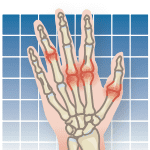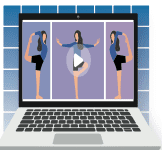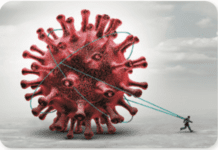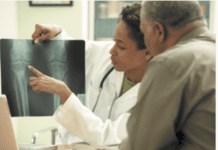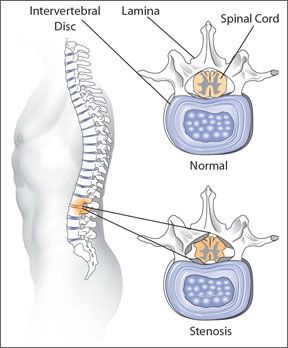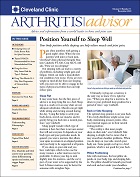According to recent estimates, approximately five of every 1,000 Americans over the age of 50 have symptoms of spinal stenosis, and that number is expected to increase over the next decade. Although the condition often can be treated conservatively with pain medications, physical therapy, and other non-surgical approaches, spinal stenosis remains the most frequent indication for spinal surgery in patients over age 65. "Fortunately, new techniques are easing the toll of such surgery for some of these patients," says Daniel Mazanec, MD, vice chairman of Cleveland Clinics Center for Spine Health. Spinal stenosis is a narrowing of the spinal canal caused by thickening of the bone and ligaments of the vertebrae. The narrowing puts pressure on the spinal cord and nerves that run through the canal, which can lead to pain, numbness, and weakness-especially in the legs-as well as bowel and bladder problems. The narrowing may be inherited, explains Dr. Mazanec. For example, some people are born with a narrow spinal canal or have a curvature in the spine (scoliosis) that places pressure on the nerves, soft tissue, and ligaments. But narrowing is usually the result of a gradual degenerative process that comes with age, arthritis, and inactivity.
To continue reading this article or issue you must be a paid subscriber.
Sign in




